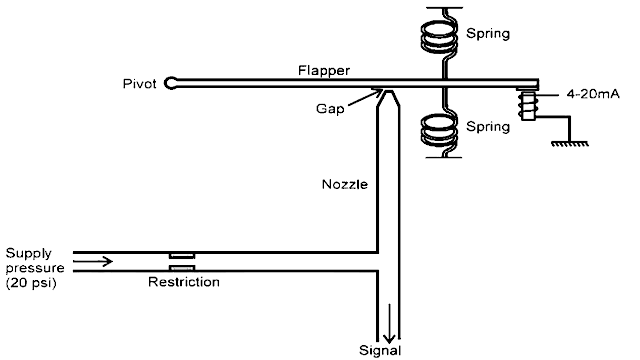Flow What is the primary component of flow measurement? The primary components of flow measurement are orifice plate, flow nozzle, annubar, pilot tube, DP cell, Weirs/flumes and venturi tubes. What are the different flow meters? Based on the working principle of flow meter is DP flow meter, velocity flow meter, positive displacement flow meter and mass flowmeter Differential pressure (DP) flow meter: orifice plate, venturi meter, flow nozzle, rotameter. Velocity Flowmeter: Electromagnetic Flowmeter, Ultrasonic Flowmeter, Turbine Flowmeter, Paddle wheel flow meter. Positive Displacement Flowmeter: Nutating Disc, Rotary Vane, Gear, Diaphragm Flowmeter. Mass Flowmeter: Coriolis Flowmeter, Thermal Dispersion Meter What is Orifice Plate? Basically an orifice plate is a metallic plate with a hole in it. And the orifice plate is commonly used in flow Measurements are also of four types namely Concentric Orifice Plate, Eccentric Orifice Plate, Segmental Orifice plate and quadra...
